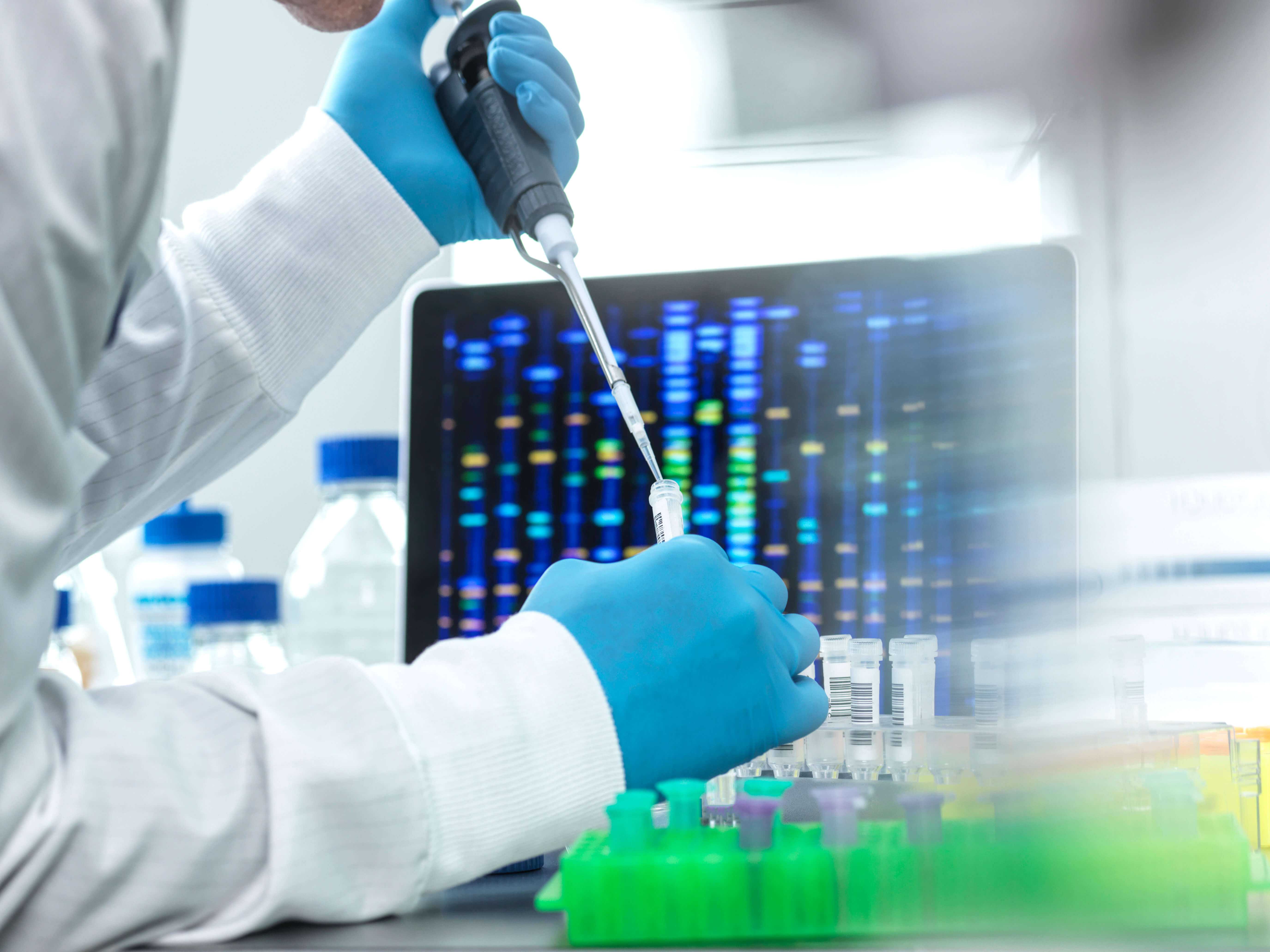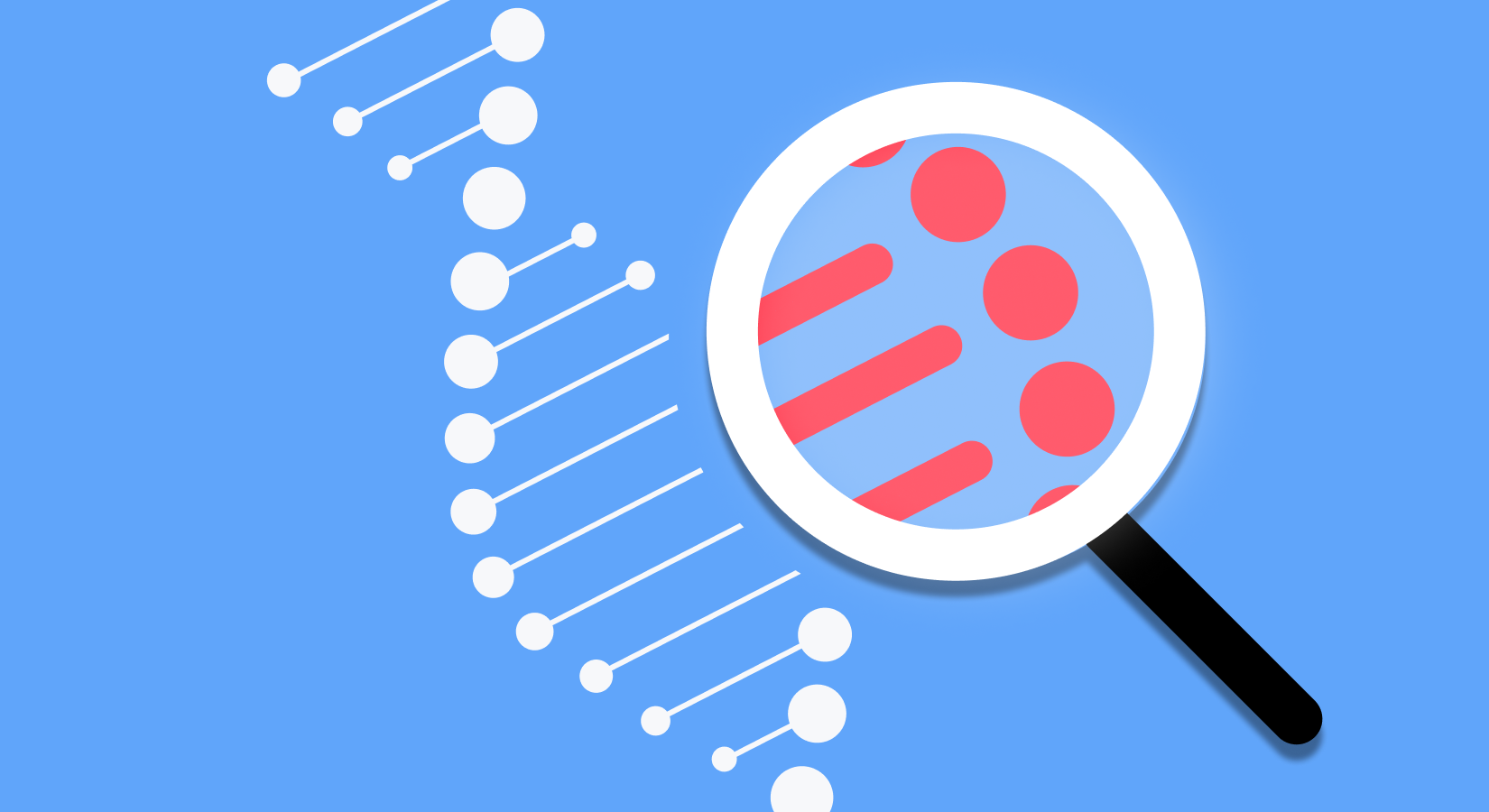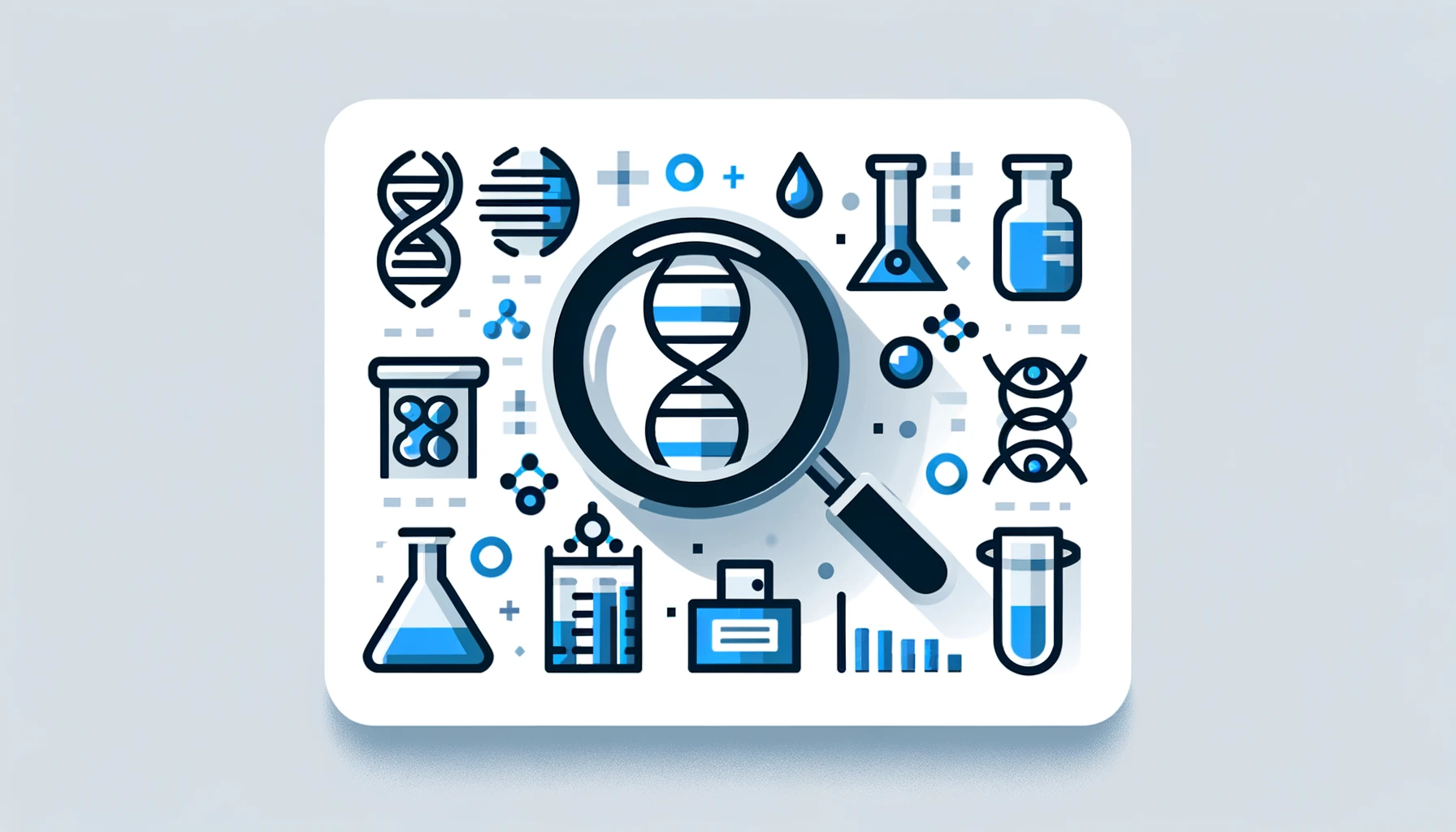Many rare genetic diseases show similar symptoms. However, despite similar symptoms, the genetic cause may be different. Let us take a look into progressive muscular dystrophies for example.
Progressive muscular dystrophy (PMD) is a genetic disease that leads to progressive weakness in the muscles. There are over 30 different types of dystrophy per genetic mutation, and the patterns of muscular involvement and prognoses, age of onset, and inheritance vary by type. We will discuss three types of PMD here.
- Duchenne muscular dystrophy (DMD)
DMD is the most common form of progressive muscular dystrophy and follows an X-linked recessive pattern, hence occurring primarily in males, though in rare cases may also affect females.1 It is caused by mutations in the dystrophin gene at Xp21.2
The disease affects the muscles of the hips and thighs. This leads to difficulty standing, climbing stairs, and maintaining balance, and the progression of muscle weakness leads to complete wheelchair dependence. A proportion of DMD cases also have some degree of mental impairment.3 - Limb–girdle muscular dystrophy (LGMD)
LGMD usually manifests in the proximal muscles around the hips and shoulders. There are two major groups of LGMDs, called LGMD1 and LGMD2. These two groups are classified by their inheritance patterns: autosomal dominant and autosomal recessive, respectively. There are more than 20 different subtypes of LGMD, each caused by alterations in different genes.4
Several of these disorders are associated with clinically significant cardiac involvement (types 1B, 1D, 2C, 2E, and 2F), and thus, affected individuals should be carefully monitored for signs of cardiac disease.5 - Becker muscular dystrophy (BMD)
BMD causes progressive weakness and atrophy of the skeletal and cardiac (heart) muscles and primarily affects males.6 The age of onset and rate of progression can vary. Muscle weakness usually becomes apparent between early childhood and adolescence, and in some cases, heart involvement (cardiomyopathy) is the first sign.7
All three muscular dystrophy disorders involve progressive muscle weakness in the lower body, such as the hips and legs. As time passes, people with PMD begin to experience difficulty walking, frequent falls, difficulty with muscle skills, and loss of muscle mass. Eventually, affected people will require a wheelchair. In addition, the condition affects the heart muscle, leading to difficulty breathing and enlarged heart muscle.8
There was a case of a young man in his mid-20’s suffering from difficulty in walking. He needed a third party to move around, and he was unable to climb stairs. With these symptoms, he was diagnosed with PMD via muscle biopsy when he was a teenager. All along, he thought his disorder was DMD, the most common PMD. However, his physician realized the need for whole exome sequencing (WES) since WES helps pinpoint the genetic cause. Through WES, a variant in the patient was found to cause muscular dystrophy, limb-girdle, autosomal recessive 1.
Although symptoms are similar, the genetic variants causing DMD, LGMD, and BMD are different. For example, LGMD is associated with at least 13 different genes, so it is crucial to identify the genetic factor for accurate diagnosis. There is no specific treatment for muscular dystrophy, but once the specific cause is identified, medications and therapy can help manage symptoms and slow the course of the disease.
Besides PMD, there are many disease groups that have similar symptoms even though the causative genetic variants are different. Identifying the exact disease causing genetic variants is very important as the treatment options may differ. Molecular genetic testing is being increasingly used to distinguish which genetic variants cause a patient’s disorder, and it is an essential step in confirming a diagnosis.9
Why don’t you try genetic testing to diagnose rare genetic diseases with similar symptoms?
References
- H. EAE. Duchenne Muscular Dystrophy. Oxford: Oxford University Press; 1993.
- Muntoni F et al., Dystrophin and mutations: One gene, several proteins, multiple phenotypes. The Lancet Neurology. 2(12):731-740. (2003).
- H. EAE, H. EML. The History of a Genetic Disease: Duchenne Muscular Dystrophy or Meryon's Disease. Oxford: Oxford University Press; 2011.
- Norwood F _et al., EFNS guideline on diagnosis and management of limb girdle muscular dystrophies. European Journal of Neurology. 14(12):1305-1312. (2007).
- Narayanaswami P, Weiss M, Selcen D, et al., Evidence-based guideline summary: Diagnosis and treatment of limb-girdle and distal dystrophies: Report of the Guideline Development Subcommittee of the American Academy of Neurology and the Practice Issues Review Panel of the American Association of Neuromuscular & Electrodiagnostic Medicine. Neurology. 83(16):1453-1463. (2014).
- Genetic and Rare Diseases Information Center Duchenne muscular dystrophy
- Orphanet Duchenne and Becker Muscular Dystrophy
- PERLOFF JOSEPHK, DE LEON ANTONIOC, O'DOHERTY DESMOND. The cardiomyopathy of progressive muscular dystrophy. Circulation. 33(4):625-648. (1966).
- Braddom's Physical Medicine and Rehabilitation (Sixth Edition), 2021 Pediatric Neurology Part III, Jamel Chelly, Isabelle Desguerre, in Handbook of Clinical Neurology, (2013).






















